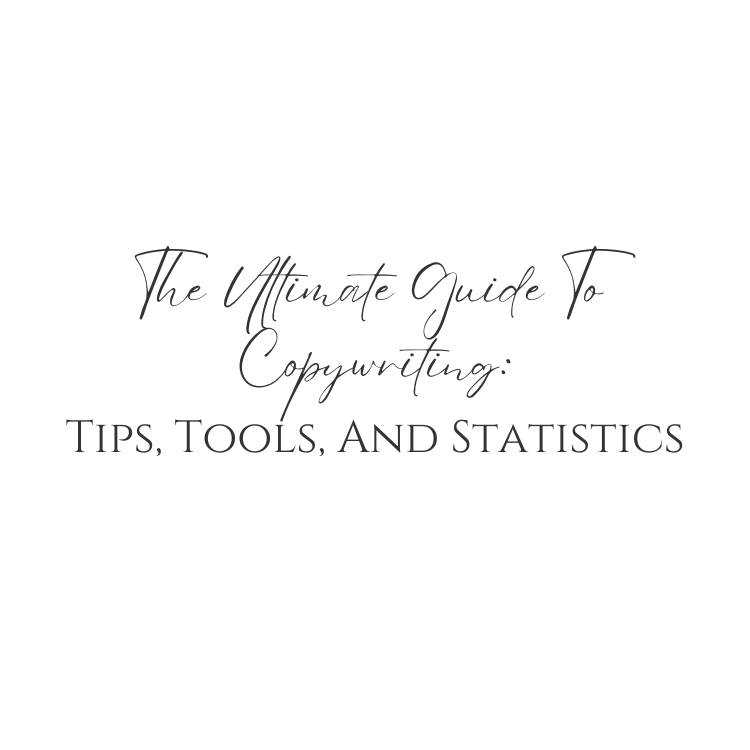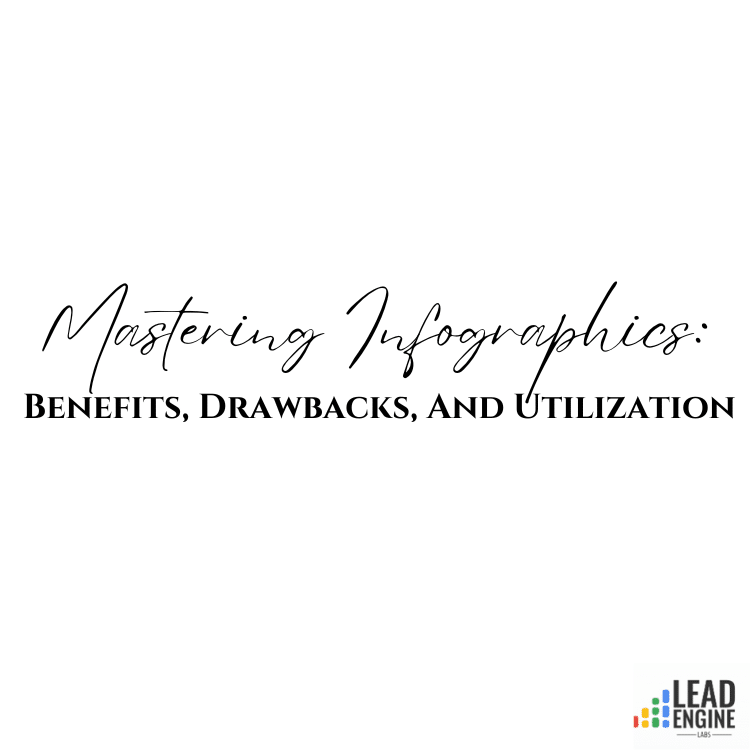Are you ready to take your copywriting skills to the next level? Whether you’re a seasoned pro or just starting out, this ultimate guide has everything you need to know to create effective and persuasive copy.

From brand messaging to SEO content, we’ll cover all the types of copywriting and give you tips and tools to help you improve your craft.
Copywriting isn’t just about writing words on a page. It’s about the art of persuasion and the science of psychology. When done well, copywriting can inspire people to take action and generate sales for your business.
But to be successful, you need to understand the components of successful copy, such as developing a strong brand voice and using persuasive language.
So, let’s dive in and discover how you can become a master of copywriting and create campaigns that will leave your audience wanting more.
Key Takeaways
- Copywriting is goal-driven and aims to get users to take a specific action.
- Copywriting types include brand, social media, SEO, and insight, each with specific strategies and goals.
- Effective copywriting should focus on solving pain points for customers, use engaging facts and stats, and repeat key information to help it stick in the reader’s mind.
- Copywriting is a learnable skill that requires strong writing skills, creative and strategic thinking, and a clear understanding of advertising and marketing concepts.
What is copywriting?
Now that you understand what copywriting is, it’s time to explore how it can benefit your business.

Copywriting can help you create a powerful brand voice that resonates with your target audience, using techniques like powerful language and storytelling. When you craft compelling copy that captures your audience’s attention, you can inspire them to take action and ultimately drive sales for your business.
In today’s competitive business landscape, innovation is key. By using copywriting effectively, you can differentiate your brand from your competitors and stand out in your industry.
With creative and persuasive copywriting, you can communicate your unique value proposition and connect with your audience on a deeper level, ultimately building brand loyalty and driving growth for your business.
Types of copywriting
Explore the different types of copywriting, including brand, social media, SEO, and insight, to determine which is most effective for reaching your specific goals.

Brand copywriting aims to create an emotional connection with your audience by providing a memorable experience. It focuses on creating a strong brand voice that evokes specific emotions and sets your brand apart from competitors.
Social media copywriting, on the other hand, aims to engage audiences through posts and ads. It requires a friendly, conversational tone, strong verbs, eye-catching headlines, and a mix of different types of content.
SEO copywriting, as the name suggests, focuses on getting your content to rank highly on search engines. It requires the use of keywords, links, images, and videos to optimize for readability and search engines.
Finally, insight copywriting aims to establish your brand as an industry authority. It requires producing high-value educational content that helps solve your audience’s pain points and establishes you as a thought leader.
Each type of copywriting has a specific goal, and understanding which type is best suited for your business is crucial. By choosing the right type of copywriting, you can effectively reach your target audience and achieve your desired business outcomes.
Whether you need to create a strong emotional connection with your audience or establish yourself as an industry leader, there is a type of copywriting that can help you achieve your goals. So, take the time to explore these different types of copywriting and determine which one is right for you.
Components of successful copy
To create successful copy, you need to understand that repeating key information can increase its retention in the reader’s mind. Statistics show that repeating information just three times can increase recall by up to 80%. This means you should make sure your messaging is clear and consistent throughout your copy.
Additionally, you should highlight the benefits of your product or service and how it can solve your audience’s pain points. This can increase the perceived value of your offering and make it more enticing for your audience to take action.
To make your copy stand out, here are some tips to keep in mind:
- Use clear and concise language that’s easy to understand.
- Highlight the benefits of your offering and how it can solve your audience’s pain points.
- Repeat key information to increase retention in the reader’s mind.
- Use storytelling to make your copy more engaging and memorable.
- Incorporate social proof, such as customer testimonials or reviews, to increase trust in your offering.
By following these guidelines, you can create copy that resonates with your audience and encourages them to take action.
Tools for improving copy
You can improve your copywriting skills by utilizing various tools available such as Anyword, Grammarly, and Wordtune. Anyword is a data-driven copywriting platform that uses predictive analytics to create and optimize marketing copy for various channels. It provides custom keywords, content identification, and different copywriting types. Grammarly is another popular tool used by 30 million people worldwide. It analyzes text for spelling and grammar mistakes and provides tone and style suggestions. It’s perfect for those who want to ensure their copy is free from errors, and the tone is right. Wordtune is also worth checking out. It provides instant rewrite suggestions, shorten or expand suggestions, and switch between formal and casual tones. These tools can be used to create effective copy that resonates with your target audience.
To give you a better idea of how these tools can help you, let’s take a look at the table below. It shows the different features and benefits of Anyword, Grammarly, and Wordtune. As you can see, each tool has its unique strengths and weaknesses. By using them, you can elevate your copywriting skills and create content that engages and converts.
| Tool | Features | Benefits | |
|---|---|---|---|
| Anyword | Predictive analytics, custom keywords, content identification, different copywriting types | Creates and optimizes marketing copy | |
| Grammarly | Spelling and grammar checks, tone and style suggestions | Ensures copy is free from errors and tone is right | |
| Wordtune | Instant rewrite suggestions, shorten or expand suggestions, switch between formal and casual tones | Helps create concise, engaging copy | …that effectively communicates the intended message to the target audience. |
Examples of effective copywriting
Discover how effective copy can persuade customers to take action and drive sales for your business. Well-crafted copy can make all the difference in converting potential customers into actual buyers.
It’s not just about using power words and catchy headlines, but also understanding your audience and what motivates them. Effective copy should address their pain points and offer solutions, while also highlighting the unique value proposition of your product or service. The tone should be tailored to your audience, whether it’s professional and formal or friendly and conversational.
By using the right words and tone, you can create a connection with your audience and inspire them to take action.

One example of effective copy is Xero’s software value proposition. They use clear and concise language to explain the benefits of their product, such as saving time and improving cash flow. The copy is tailored to their target audience of small business owners, using relatable language and real-life scenarios to demonstrate the value of their software.
Another example is Scott’s Cheap Flights, who use storytelling to explain how they choose recommended flights for their subscribers. By sharing the process and personal experiences of their team, they build trust with their audience and demonstrate their expertise in finding the best deals.
Effective copywriting can take many forms, but the key is understanding your audience and using persuasive language to inspire action.
Frequently Asked Questions
What are some common mistakes to avoid in copywriting?
Don’t let common mistakes sabotage your copywriting. Avoid filler words, complex sentences, and poor grammar. Instead, focus on solving pain points, using power words, and emphasizing your unique value proposition. Keep it crisp and engaging to inspire innovation.
How do you determine the right tone to use in your copywriting?
To determine the right tone for your copywriting, consider your target audience and their preferences. Use language that resonates with them and aligns with your brand’s voice. Test and refine until you find the perfect balance.
Can copywriting be effective in non-digital marketing channels?
Yes, copywriting can be effective in non-digital marketing channels. With the right messaging and targeting, print, radio, and TV ads can still persuade and convert customers. Don’t limit your potential – explore all marketing avenues.
How can you measure the success of your copywriting efforts?
Measure success by tracking how many people take the desired action. A/B test your copy, focus on your target audience, and use engaging language and power words. Copywriting is essential for innovation in digital marketing.
What are some ethical considerations to keep in mind when writing copy?
When writing copy, ethical considerations are crucial. Avoid manipulative tactics, false claims, and dishonesty. Respect the audience’s privacy and cultural sensitivities. Keep your message truthful, clear, and respectful. Remember, trust is your most valuable asset.




